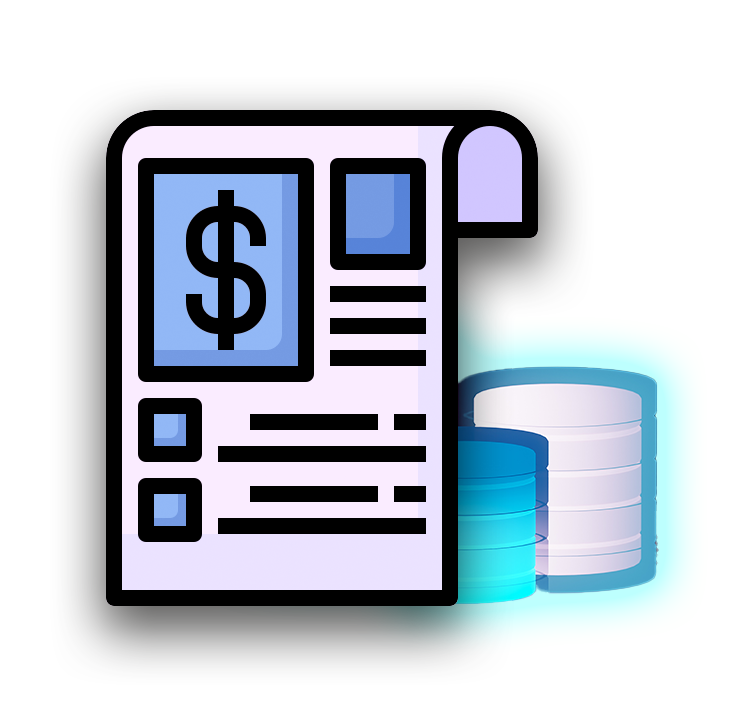IT management and executives understand the importance of a robust Disaster Recovery (DR) plan, yet.
Blog
How to Perform an Automatic Failover in Standby v9
The idea behind Automatic Failover is to have Dbvisit Observer configured to monitor an existing Primary and Standby configuration (DDC) based on certain checks

ORACLE DATA
https://dbvisit-7632844.hs-sites.com/blog/tag/oracle-data-recovery-advisor
ORACLE DATA
https://dbvisit-7632844.hs-sites.com/blog/tag/oracle-data-recovery-advisor
Blogs
Opinion Piece |
SQL Server |
Disaster Recovery
Five reasons that every SQL Server DBA should evaluate Standby MultiPlatform
Review |
Technical Article |
SQL Server |
Oracle |
Disaster Recovery
Review: Standby MultiPlatform Disaster Recovery
In their latest blog, Buda Consulting takes an in-depth look at how Dbvisit StandbyMP enables the.
technical pieces |
database failover |
database switchover
Difference between failover vs. switchover
Difference between failover vs. switchover
Disaster Recovery (DR) is something that more and more.
dbvisit standby database failover |
technical pieces
Activating the standby database - performing a failover
Activating The Standby Database - Performing A Failover
Activating the standby database to become.










Try StandbyMP for free
See for yourself how our continuous database protection can help keep your world in motion.
Find a local partner
We work with partners around the world to give you the best advice and world-class local support.


×
Find a local Partner
Enter your details below


Get Pricing
With Dbvisit's StandbyMP software, Gold Standard Disaster Recovery doesn't have to be difficult or expensive. Get an instant quote now.

